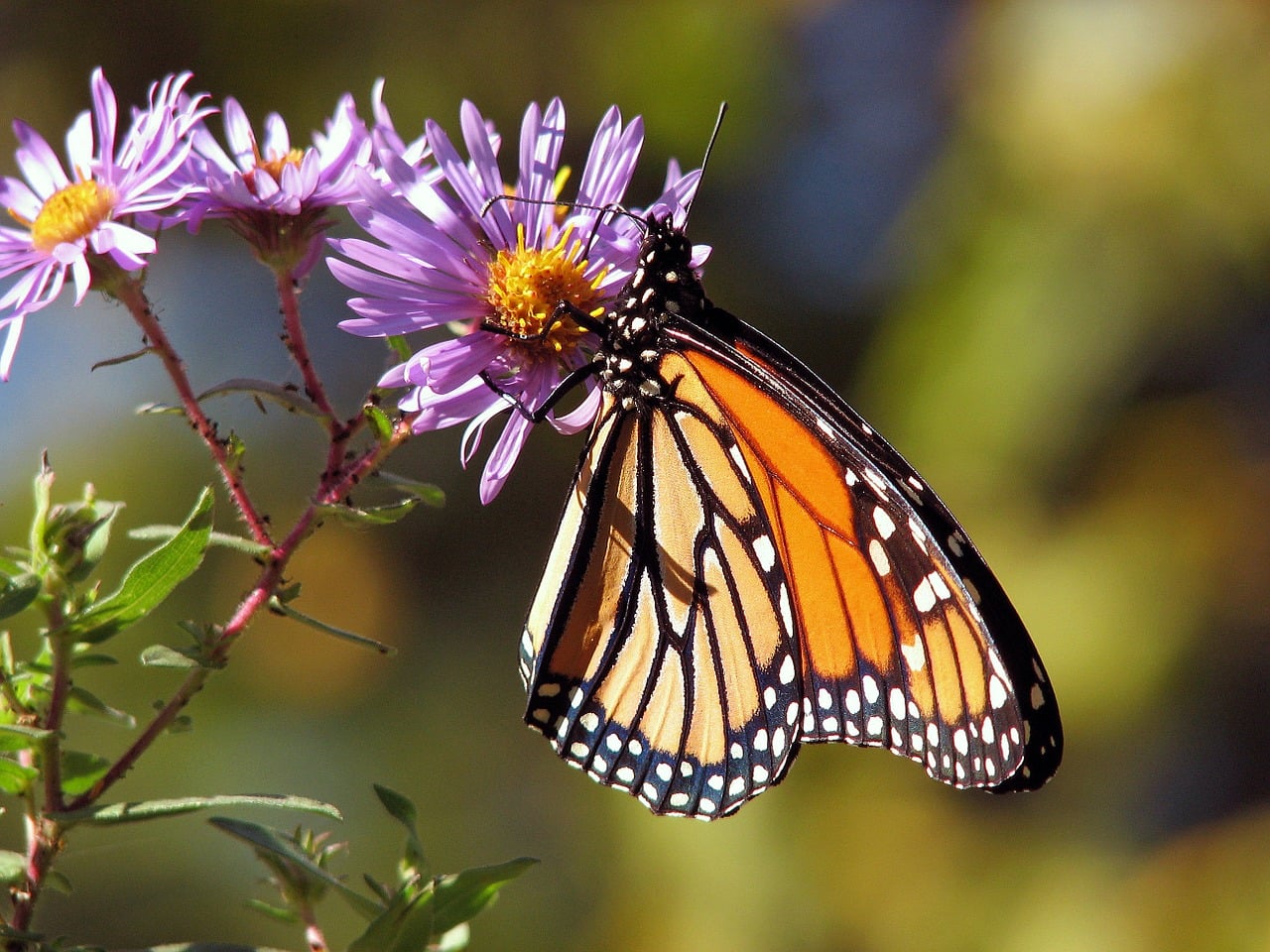We live in times in which many animal species have become either critically endangered or are going completely extinct. The Western monarch butterfly population is one of such species. According to a report, the population of monarch butterflies plummeted by 86% since late 2017 in the coastal areas of California.
While all butterflies look beautiful, there is something really majestic in the Western monarch butterfly. However a new report conducted after a careful counting of the species found that it is only a matter of decades, until these beautiful species will completely disappear.
The dreadful 86% decline since 2017, comes from counting of the brilliant black-and-orange butterflies which is conducted every year around Thanksgiving by the Xerces Society – a nonprofit organization which aims to protect invertebrates and their communities worldwide. Because of the cold weather, the monarch butterfly population migrates to California to spend the winter there.
“It’s worse than anyone had anticipated,” the Xerces Society said in a news release. “We are very troubled to observe such an apparently large decline in the population this year.”
The group behind this discovery believes pesticides, habitat loss and human-induced climate change are responsible for the population decline.
Xerces estimates that the monarch butterfly population in coastal California went from 148,000 butterflies counted in late 2017, down to 20,456 as 2018 ended, which are pretty shocking numbers. While these are only preliminary results, Xerces expects numbers from other areas in California which should arrive by the end of the month.
Scientists believe that the species could go extinct within the next 20 years. They published their findings in 2017 in the journal Biological Conservation.
“The monarch population in California has gone from millions of butterflies to hundreds of thousands and now, possibly, mere tens of thousands. This is despite all the attention monarchs have received in the last few years and efforts by federal and state agencies, nonprofits, and many others to conserve them and their habitats,” the Xerces Society wrote in their release.
“All this work has clearly not been enough to save Western monarchs. So while Western monarchs appear to be suffering from some particular bad luck this year, the real concern is that the population may not be able to bounce back from this very quickly given the cumulative impact of all the stresses the population has been facing for years and years.”
“If we want to have monarchs migrate through the western U.S., as they have for centuries, sustained work is needed. Three decades of decline won’t be overturned quickly,” the group said.
Since the monarch butterfly population is declining, Xerces is trying to find ways to preserve it, so it advocates for butterfly preservation, as well as their habitats in California and other areas in the States. The organization is optimistic that the monarch butterfly population still has great chances of recovery, which can be done through advocating and introducing new ways of preserving their habitats, as well as fighting climate change.





